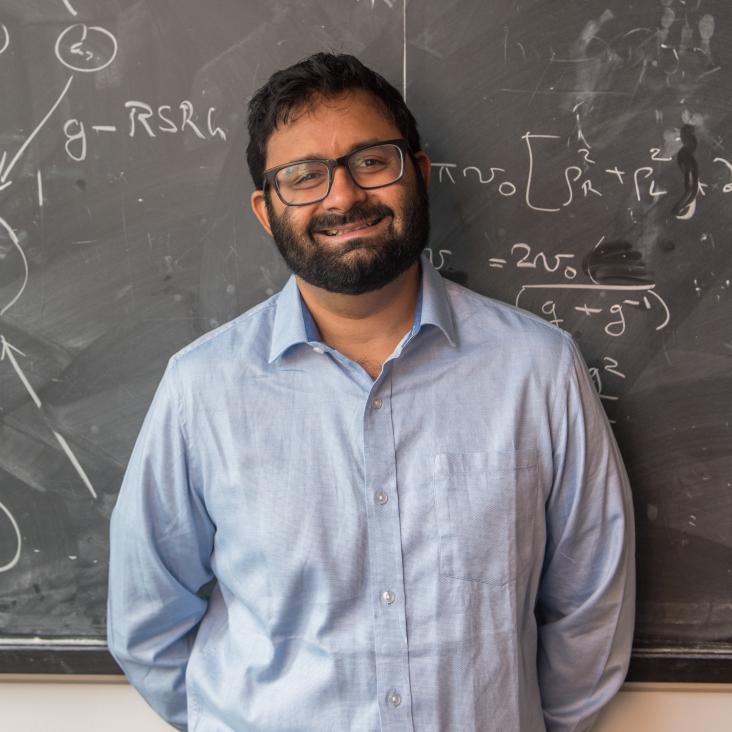Anomalous gapped boundaries between surface topological orders in higher-order topological insulators and superconductors with inversion symmetry
Physical Review B: Condensed Matter and Materials Physics American Physical Society
Asymptotically exact theory for nonlinear spectroscopy of random quantum magnets
Physical Review Letters American Physical Society
Abstract:
We study nonlinear response in quantum spin systems near in nite-randomness critical points. Nonlinear dynamical probes, such as two-dimensional (2D) coherent spectroscopy, can diagnose the nearly localized character of excitations in such systems. We present exact results for nonlinear response in the 1D random transverse- eld Ising model, from which we extract information about critical behavior that is absent in linear response. Our analysis yields exact scaling forms for the distribution functions of relaxation times that result from realistic channels for dissipation in random magnets. We argue that our results capture the scaling of relaxation times and nonlinear response in generic random quantum magnets in any spatial dimensionBeyond the Freshman's Dream: Classical fractal spin liquids from matrix cellular automata in three-dimensional lattice models
Physical Review B: Condensed Matter and Materials Physics American Physical Society
Abstract:
We construct models hosting classical fractal spin liquids on two realistic three-dimensional (3D) lattices of corner-sharing triangles: trillium and hyperhyperkagome (HHK). Both models involve the same form of three-spin Ising interactions on triangular plaquettes as the Newman-Moore (NM) model on the 2D triangular lattice. However, in contrast to the NM model and its 3D generalizations, their degenerate ground states and low-lying excitations cannot be described in terms of scalar cellular automata (CA), because the corresponding fractal structures lack a simplifying algebraic property, often termed the 'Freshman's dream'. By identifying a link to matrix CAs -- that makes essential use of the crystallographic structure -- we show that both models exhibit fractal symmetries of a distinct class to the NM-type models. We devise a procedure to explicitly construct low-energy excitations consisting of finite sets of immobile defects or "fractons", by flipping arbitrarily large self-similar subsets of spins, whose fractal dimensions we compute analytically. We show that these excitations are associated with energetic barriers which increase logarithmically with system size, leading to "fragile" glassy dynamics, whose existence we confirm via classical Monte Carlo simulations. We also discuss consequences for spontaneous fractal symmetry breaking when quantum fluctuations are introduced by a transverse magnetic field, and propose multi-spin correlation function diagnostics for such transitions. Our findings suggest that matrix CAs may provide a fruitful route to identifying fractal symmetries and fracton-like behaviour in lattice models, with possible implications for the study of fracton topological order.Bipartite Sachdev-Ye Models with Read-Saleur Symmetries
Physical Review B: Condensed Matter and Materials Physics American Physical Society
Coulomb-driven band unflattening suppresses K-phonon pairing in moire graphene
Physical Review B: Condensed Matter and Materials Physics American Physical Society


